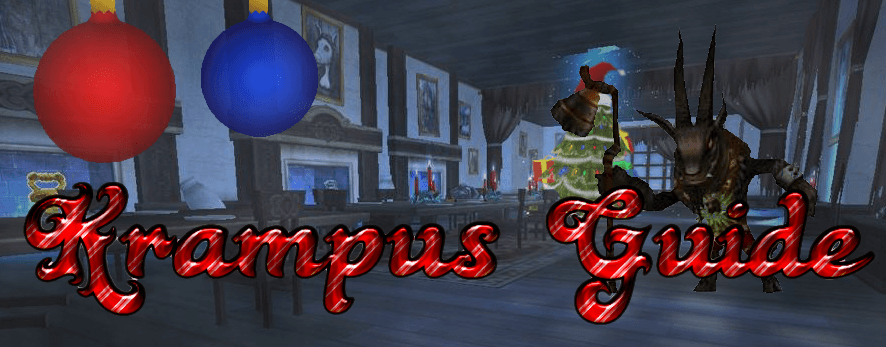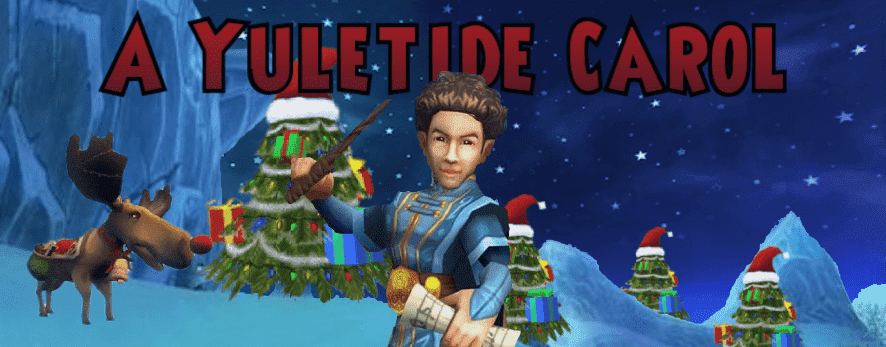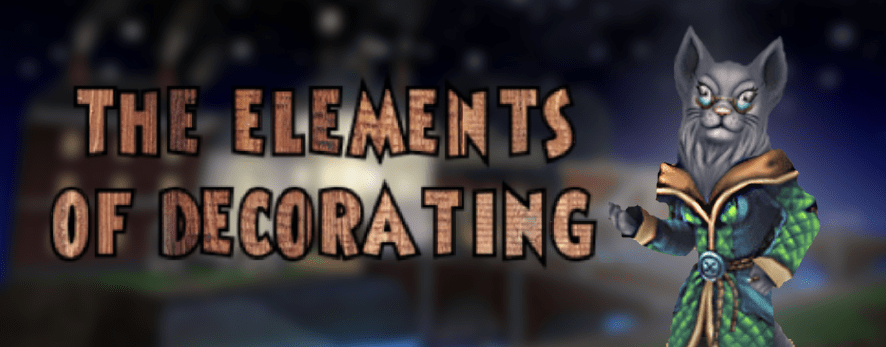Tag: MMORPG
-

Christmas Festival 2018
•
Join Ravenwood Academy Saturday December 29th at 6pm Eastern to celebrate the season together with all of your community friends. We will be throwing a big house party and everyone is invited! There will be tons of fun for everyone with Gauntlets, PVP, Fishing, Mini Games, Freebie vendors, rides. We will be…
-

Krampus Guide
•
It’s Christmas in the Spiral! You know what that means? You now have access to the skeleton key boss, Krampus. You can find the dungeon entrance in Wizard City Ravenwood behind the Ice Tree, Kelvin. When you enter, everything will be decorated and pretty for Christmas. Until you are…
-

Catching the Kiliman Copperleaf Doodlefish
•
Every Monday morning the weekly tournament fish changes. In this article, I will share my experiences with the fantastic hobby of tournament fishing! Kiliman Copperleaf Doodlefish Life School | Rank 2 | Common /Regular |1500 XP Αverage sale price in gold: 700 each Used in recipe:Pet Bread Crumb Ingredients: 1…
-

A Yuletide Carol
•
Intended for Musician and Non-Musician Alike It’s beginning to look a lot like Christmas, everywhere in the spiral. We sit by the glowing embers, drinking our hot chocolate, cuddling with our fuzzy kitten, when ho! – there’s Christmas music in the Bazaar! You run by the great tree near The…
-

Renee Wooften Interview
•
Recently, the Ravenwood Academy staff had the pleasure of spending some time with Renee Wooten aka Renee Wooften, one of the Associate Producers at KingsIsle. After spending 3 years answering customer inquiries, in-game issues, billing concerns, and bug reports and then becoming an Associate Producer we decided that she had an interesting perspective we would like to…
-

Crafting101 – Dragonspyre | Pt 1
•
We’re back with another Crafting101 issue. Lets explore the crafting quests in one of my favorite main worlds, Dragonspyre! Balthazar Dragonthorn The next crafting badge you can earn is your Master Artisan badge, but first, you must complete all of the crafting quests Balthazar Dragonthorn gives you. Balthazar is found to your right after you…
-

Christmas Decoration Contest!
•
Christmas is about sharing love and friendship and spending time with the ones you hold dear. This year we would like to do a Christmas Housing Decoration contest together with you, our community. Gather together all your Holly and your Mistletoe. Deck all your Halls and make everything merry and…


